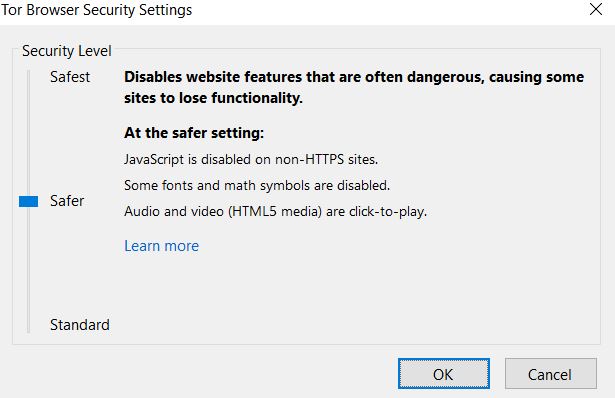Tor Browser 7.5 Launches With Support For Next-Gen Onion Services
The latest version of Tor Browser stable brings many critical security fixes that recently landed in Firefox, too, as well as major features such as the next-generation onion service, censorship circumvention configuration, and an improved Tor launcher experience.
Onion Services 3.0
Last year, the Tor Project announced that the next-generation onion services version 3.0 would be coming soon to the Tor Browser stable after years of development.
The onion service provides anonymity for websites that are hosted inside the Tor network and use the .onion domain names and cryptographic web addresses, which are now longer than the previous 2.0 onion web addresses and look like this:
7fa6xlti5joarlmkuhjaifa47ukgcwz6tfndgax45ocyn4rixm632jid.onion
The Tor Project has known for a long time that onion services weren’t as anonymous as the users themselves as on the Tor network. The old version even allowed directories and indexing services to find these onion websites. The new version will be completely private and only those to whom you’ll give the address will know about it.
Censorship Circumvention
As China has started banning VPN services, and is now allowing only potentially backdoored “authorized VPN services” to operate in the country, the use of Tor has become much more important. The new Tor Browser makes it easier for users to select which setting to choose when living in a country that has sophisticated censorship methods.
The Tor Project also recently published an article encouraging media sites to create their own onion services (as ProPublica and The New York Times have done) and avoid censorship in their own countries or in censorship-heavy countries where they have many readers.
Get Tom's Hardware's best news and in-depth reviews, straight to your inbox.
UI Improvements
Tor Browser 7.5 brings a new, less confusing welcome screen, revamped proxy settings, and a more intuitive security slider that gives users three options: Standard, Safer, and Safest.
The Standard mode refers to all Tor Browser features being enabled. The safer mode disables the most dangerous elements in web pages, including JavaScript, but only for non-HTTPS websites. The Safest mode, as you’d assume, disables almost everything that could be used as an attack vector, but it should also cause all but the simplest web pages to break, so use this one with care.
Other Features
The new browser version also brings content sandboxing on Windows, which is the “partial sandboxing” we saw for the first time in Firefox back in 2016 that isolates the browser UI from the content being loaded from the web.
The Tor browser is yet to gain Firefox’s full hybrid multi-process architecture, but it should gain it once it switches to Firefox 60 ESR, which will be a derivative of Firefox Quantum with all that entails.
The Tor Project team also said that they’ve started working on a 64-bit version of Tor Browser for Windows, so that should arrive sometime in the future, too.
Lucian Armasu is a Contributing Writer for Tom's Hardware US. He covers software news and the issues surrounding privacy and security.
-
cletus_slackjawd Ted talks has some enlightening info on the tor browser. It's a big deal. Surprised no comments here.Reply

